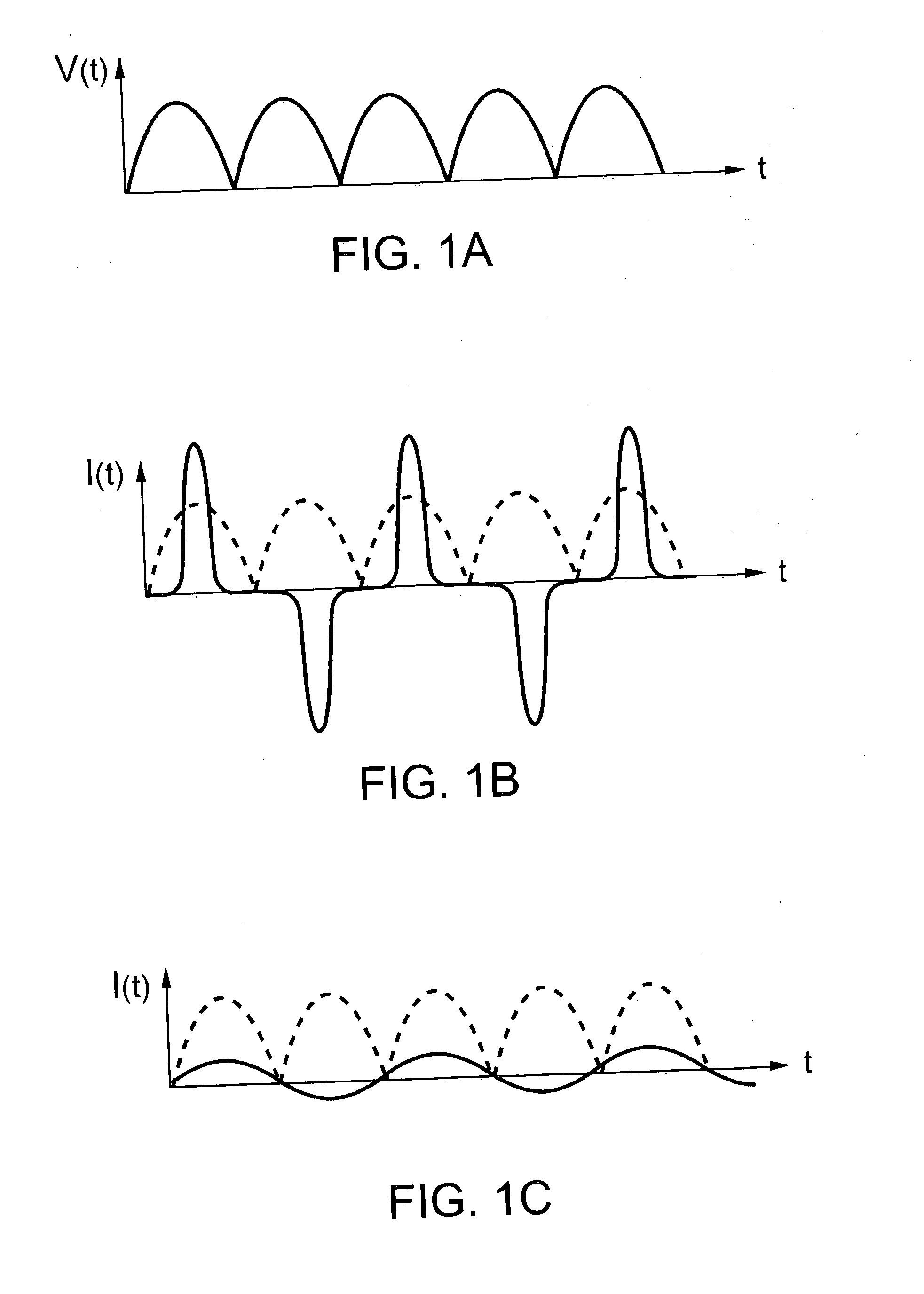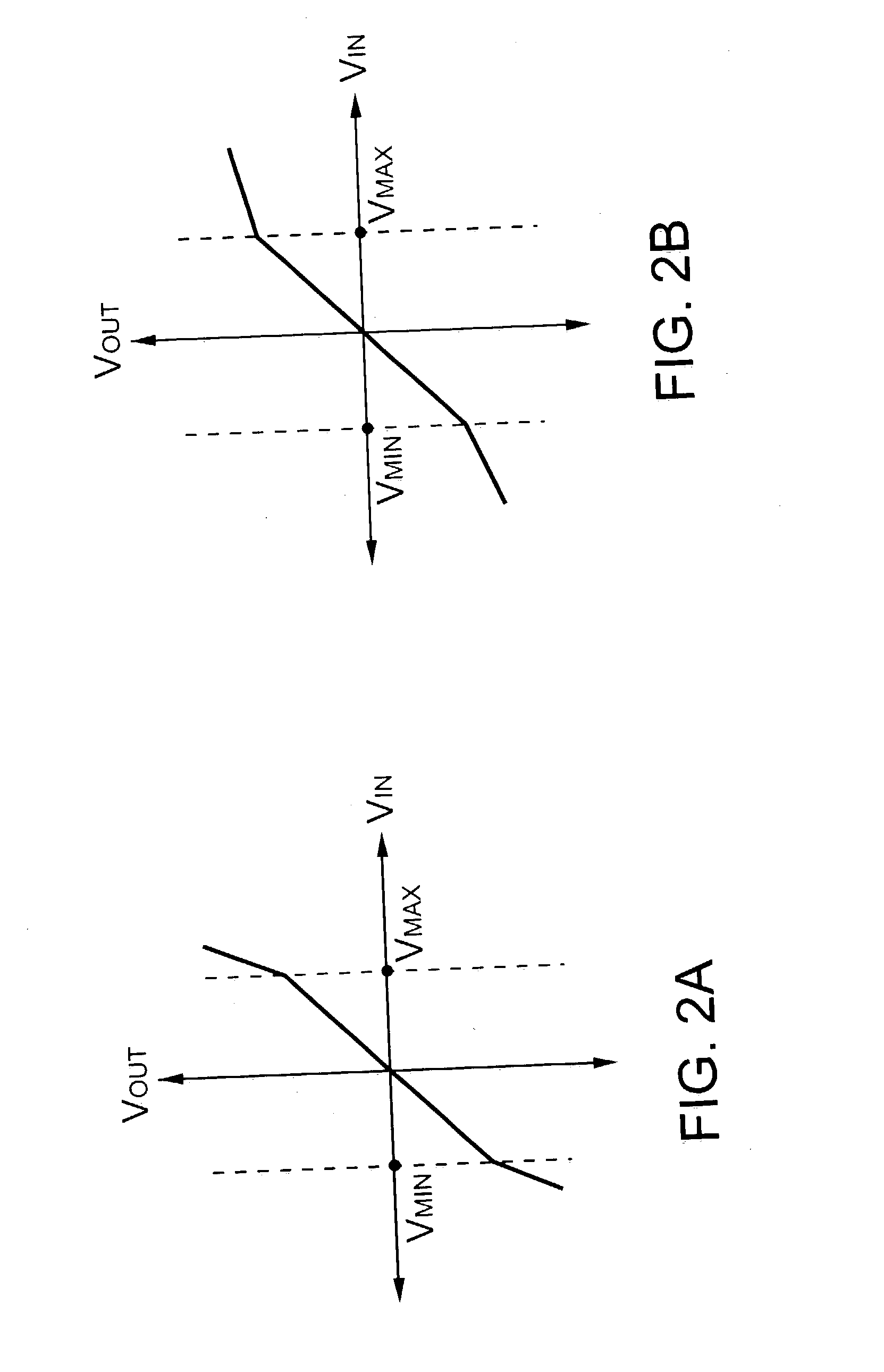Power supply having multi-vector error amplifier for power factor correction
a multi-vector error and amplifier technology, applied in the direction of electric variable regulation, process and machine control, instruments, etc., can solve the problems of large power loss, increased control bandwidth of multi-vector error amplifier, and increased power distribution system and transmission line stress, so as to reduce power output distortion, improve control bandwidth, and correct transient conditions quickly and smoothly
- Summary
- Abstract
- Description
- Claims
- Application Information
AI Technical Summary
Benefits of technology
Problems solved by technology
Method used
Image
Examples
Embodiment Construction
[0036] Referring now to the drawings wherein the contents are for purposes of illustrating the preferred embodiment of the invention only and not for purposes of limiting same, FIG. 4 shows a block diagram of a known regulated power supply with power factor correction.
[0037] In this circuit, a bridge rectifier 22 receives an AC input signal 20 at an AC input 24. An output 26 of the bridge rectifier 22 is connected to an inductor 28 and a current-sense resistor 30. The inductor 28 and the current-sense resistor 30 are connected together to form a loop, through a switch 32. The switch 32 may be any of several components, including a FET switch or some other type of known switching device.
[0038] When the control circuitry closes the switch 32, the voltage from the bridge rectifier 22 is applied to the inductor 28. The current passing through the inductor 28 starts to increase. Eventually, the switch 32 opens and the current flowing through the inductor 28 flows through a diode 36 to ...
PUM
 Login to View More
Login to View More Abstract
Description
Claims
Application Information
 Login to View More
Login to View More - R&D
- Intellectual Property
- Life Sciences
- Materials
- Tech Scout
- Unparalleled Data Quality
- Higher Quality Content
- 60% Fewer Hallucinations
Browse by: Latest US Patents, China's latest patents, Technical Efficacy Thesaurus, Application Domain, Technology Topic, Popular Technical Reports.
© 2025 PatSnap. All rights reserved.Legal|Privacy policy|Modern Slavery Act Transparency Statement|Sitemap|About US| Contact US: help@patsnap.com



